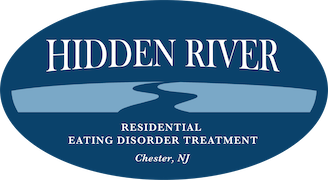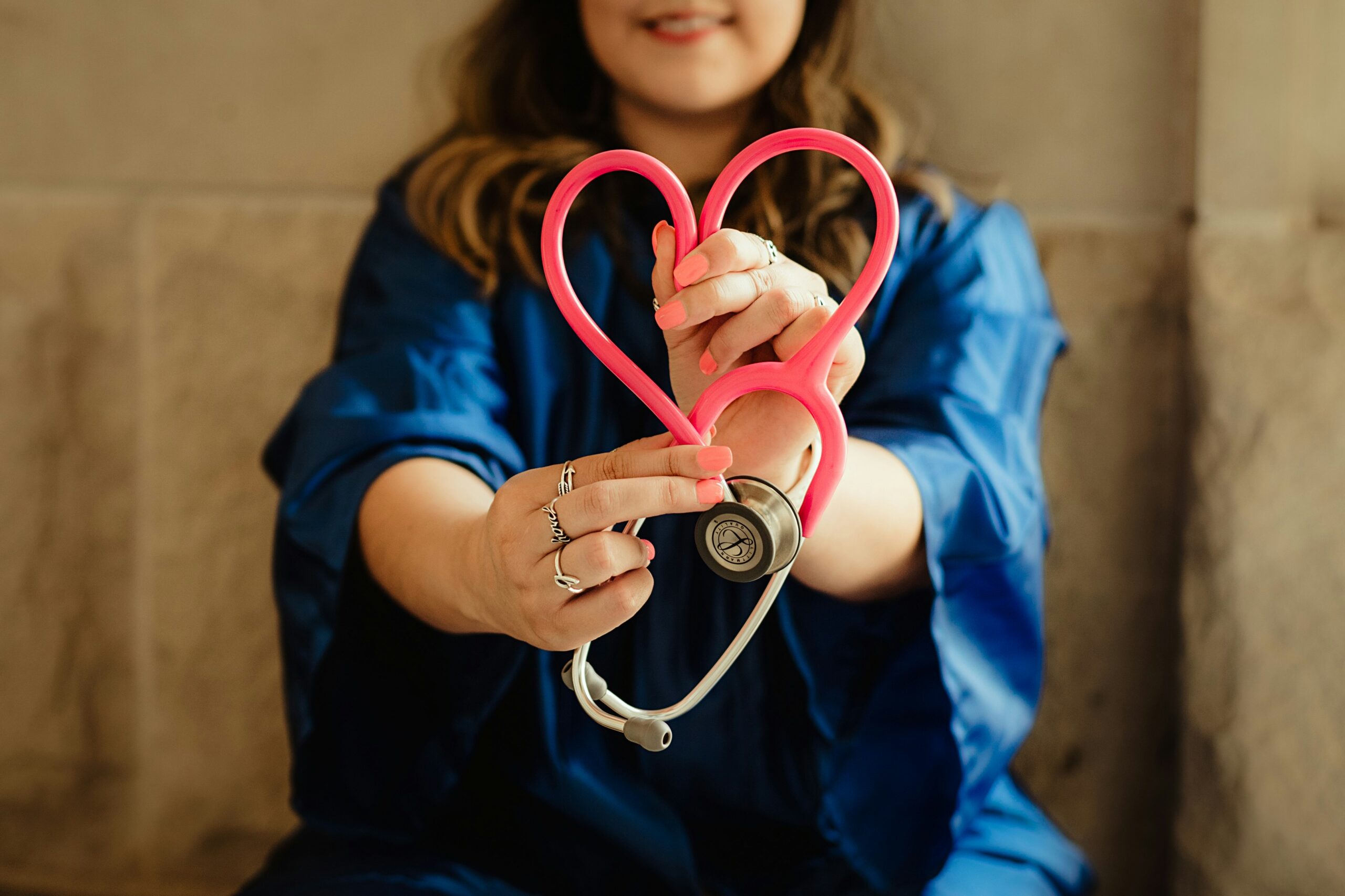Warning Signs of an Eating Disorder
An eating disorder is any of a range of psychological disorders characterized by abnormal or disturbed eating habits. This pattern of eating leads to disruption in one’s behaviors, thinking, and mood and can eventually leave one unable to function in any number of areas: interpersonal relationships, social situations, school, work, and more. Eventually, it can lead to serious disruptions in overall health.
One who suffers from an eating disorder will continue such actions, despite evidence that these behaviors are not in that person’s best interest. Such driven choices may be caused by any number of factors and serve any number of purposes, but they are harmful and can result in great functional impairment—even leading to death in some extreme cases.
Before you can address and treat a problem, you must identify the problem.
Warning signs of an eating disorder include:
Alterations in Weight
- If the person weighs less than 85 percent of their ideal body weight and exhibits other characteristic signs of an eating disorder, this person can be diagnosed with Anorexia Nervosa.
- It’s important to note that patients can still be close to, at, or even above their ideal body weight and still have an eating disorder. This is often seen in binging and purging behaviors typical of patients diagnosed with Bulimia Nervosa.
Preoccupation with Body Image
- May spend an inordinate amount of time looking in the mirror
- Makes negative comments about her physical appearance and insists that she is overweight
- May become preoccupied with certain celebrities and models on the Internet and magazines and compare themselves unfavorably to them
- Wears baggy clothing to hide their body shape
Disruptions in Eating Patterns
- Stops eating with the family
- Develops strong dislikes to previously enjoyed foods
- Preoccupied with counting calories and fat grams
- Eats noticeably smaller portions or refuses to eat at all
- Starts binging on certain foods
- Drinks excessive amounts of water and caffeine to suppress appetite
- Goes to the bathroom after meals to vomit what they just ate
- May develop eating rituals, including:
- Chewing for long periods of time before swallowing
- Cutting food into small portions
- Not allowing different foods to touch
- Moving food around on the plate
- Taking a long time to eat
- Hiding food into napkins to throw away later.
Preoccupation with Nutritional Content of Foods
- Classifies foods as good or bad, healthy or unhealthy, or safe or unsafe
- Searches for organic, low-fat diet foods
- Frequently visits web sites or social media accounts focused on nutrition
- May suddenly decide that they are going to become vegetarian, vegan, etc.
Changes in Exercise Patterns
- Becomes preoccupied with physical fitness
- Spends hours exercising in a ritualistic, rigid manner
- Talks about the number of calories that they burned and the time they spent exercising
- Becomes perturbed if their exercise routine is disrupted and eats even less to compensate
- Use of laxatives, diuretics, and diet pills
Mood Fluctuations
- May show signs of irritability, depression, and/or anxiety
- May stop socializing and lose interest in previously enjoyed activities, including school and sports
Physical Symptoms
- Fainting spells from malnutrition and dehydration
- Chapped lips and gray skin
- Hair loss
- Irregular or absent menstrual cycles
- Disrupted sleep patterns
- Musculoskeletal injuries and pain from excessive exercise
- Dental erosions from self-induced vomiting
- Chronic constipation, gastro-oesophageal reflux, and other gastro-intestinal problems
- Markedly low blood pressure and pulse
- Prone to upper respiratory infections
- Low energy
- Overall poor health
Now that we’ve identified the warning signs, what are the first steps to eating disorder recovery?
If you or someone you know and love fits a pattern described above, it is important to get help as soon as possible. An eating disorder can quickly take on a life of its own and lead to a downward spiral of:
- Broken relationships
- Functional disruptions
- Suicidal thoughts
- Deterioration in health
- Possible premature death
- Loss of educational and occupational opportunities
The treatment process can be started by contacting the person’s primary care physician for a physical evaluation, including laboratory studies and an EKG. You can also ask for or initiate finding the appropriate level of treatment for the eating disorder. This may be a therapist that is comfortable working with eating disorders, an outpatient eating disorder program, or even an inpatient facility that specializes in eating disorders.
Because eating disorders can be successfully treated, especially when they are caught early, little can be gained—and much can be lost—if one takes a wait-and-see attitude towards this problem. Get help as soon as possible.
The team at Hidden River is here to help!
Recovery from an eating disorder is possible. It’s happening every day at Hidden River. For additional information about the treatment of eating disorders, please call us today at 833.30.RIVER.






Leave a Reply
You must be logged in to post a comment.